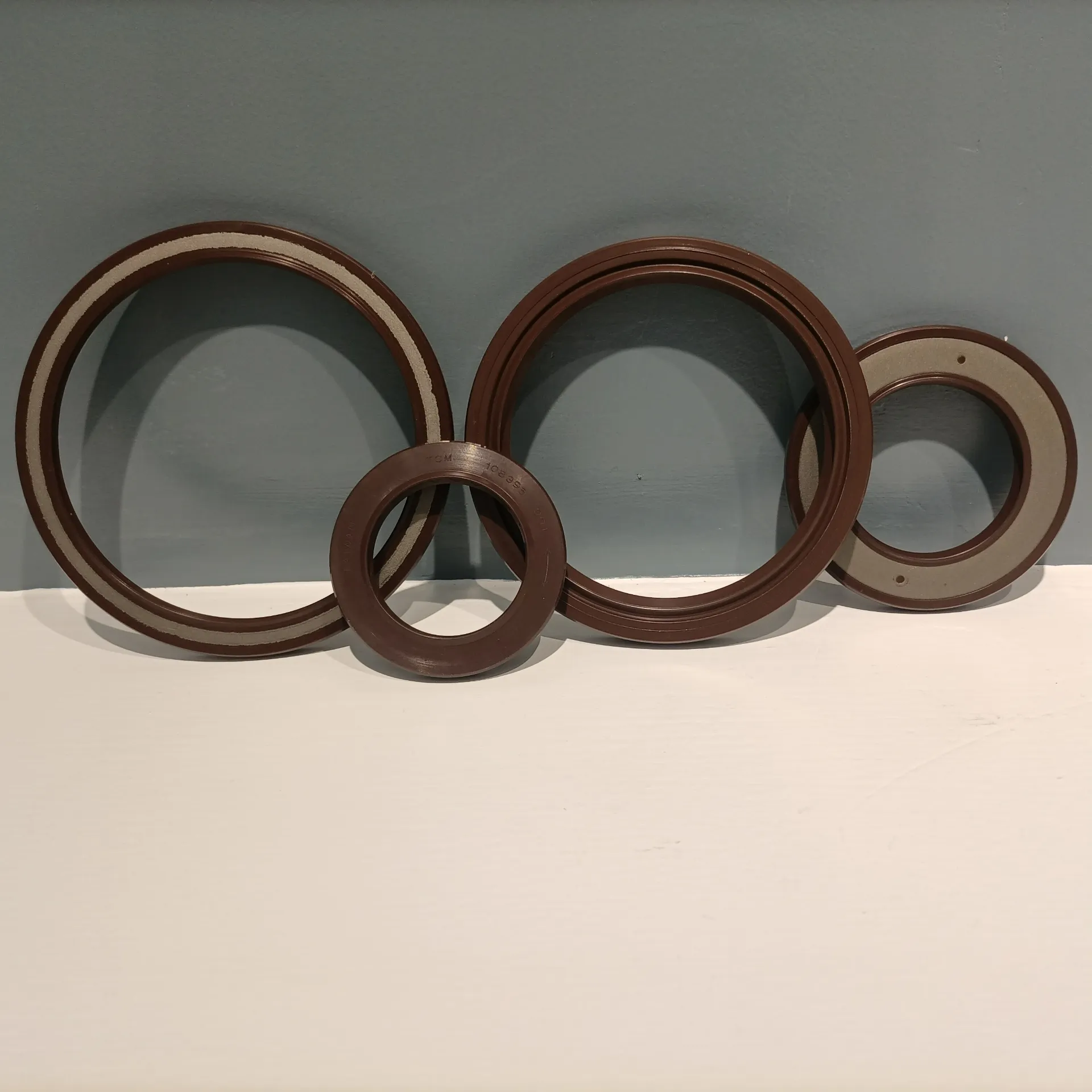ታኅሣ . 01, 2024 13:46 Back to list
hydraulic oil seal material
The Importance of Hydraulic Oil Seal Materials
In the world of machinery and engineering, hydraulic systems play a pivotal role in the operation of various applications, ranging from construction equipment to automotive systems. Central to the effective functioning of these hydraulic systems is the hydraulic oil seal. This component is vital in preventing fluid leakage, ensuring the proper functioning of the hydraulic system, and protecting the system from contamination. The selection of appropriate oil seal materials is essential for performance, longevity, and reliability.
Understanding Hydraulic Oil Seals
Hydraulic oil seals are designed to enclose the hydraulic oil within the system, preventing it from leaking out, and simultaneously keeping contaminants from entering. These seals are subjected to extreme conditions, including fluctuating pressures, temperatures, and exposure to various chemicals. Thus, the right material choice is crucial in enhancing the lifespan and performance of hydraulic components.
Properties of Effective Oil Seal Materials
When selecting materials for hydraulic oil seals, several properties must be taken into consideration
1. Chemical Resistance Since hydraulic oil can contain various additives and chemicals, the seal material must resist degradation when exposed to these substances. Materials like nitrile rubber (NBR) or fluorocarbon (FKM) are often preferred for their chemical resistance properties.
2. Temperature Tolerance Hydraulic systems can operate at both high and low temperatures. The chosen seal material should withstand a wide temperature range without losing elasticity or integrity. Materials such as silicone rubber may be used for high-temperature applications, while NBR is effective within a more moderate range.
3. Mechanical Properties The seal must withstand mechanical stresses such as compression and torsion. Materials should possess good tensile strength, flexibility, and resilience to ensure they can cope with the dynamic conditions found within hydraulic systems.
4. Wear Resistance Given the repetitive motion of hydraulic parts, the seal material should exhibit excellent wear resistance to avoid premature failure. Polyurethane seals are often selected for their robust wear properties.
hydraulic oil seal material

5. Low Friction Seals that provide low friction characteristics can help reduce wear on hydraulic components while improving efficiency. The seal’s surface finish and material properties play a significant role in achieving low friction performance.
Common Materials Used for Hydraulic Oil Seals
1. Nitrile Rubber (NBR) This is the most widely used material for hydraulic seals due to its good balance of performance, moderate cost, and resistance to petroleum-based oils. It performs well in a temperature range of -40°C to 100°C (-40°F to 212°F).
2. Fluorocarbon (FKM) Known for its exceptional resistance to high temperatures and aggressive chemicals, FKM is suitable for more demanding hydraulic applications, operating effectively in temperatures up to 200°C (392°F). However, it comes at a higher cost compared to NBR.
3. Polyurethane (PU) Polyurethane seals are gaining popularity due to their excellent wear resistance and durability. They can handle high pressures and dynamic applications, making them suitable for various hydraulic scenarios.
4. Silicone Rubber While less commonly used for hydraulic systems due to poor abrasion resistance, silicone rubber excels in extreme temperature conditions. It is often used in applications where high heat, but low mechanical stress is involved.
5. Composite Materials In some high-performance applications, seals made from composite materials that combine the benefits of rubber with additives or layers of other materials are developed to enhance performance, particularly in specialized environments.
Conclusion
Choosing the right hydraulic oil seal material is critical to the efficiency and reliability of hydraulic systems. The selection process should consider operational conditions, including temperature, chemical exposure, and mechanical demands. With advancements in material science, various options are available to meet the specific needs of different hydraulic applications, ensuring optimal performance and longevity of machinery. As technology advances, we can expect the development of even more sophisticated materials that will further enhance hydraulic system efficiency.
-
TCN Oil Seal Metal Ring Reinforcement for Heavy Machinery
NewsJul.25,2025
-
Rotary Lip Seal Spring-Loaded Design for High-Speed Applications
NewsJul.25,2025
-
Hydraulic Cylinder Seals Polyurethane Material for High-Impact Jobs
NewsJul.25,2025
-
High Pressure Oil Seal Polyurethane Coating Wear Resistance
NewsJul.25,2025
-
Dust Proof Seal Double Lip Design for Construction Equipment
NewsJul.25,2025
-
Hub Seal Polyurethane Wear Resistance in Agricultural Vehicles
NewsJul.25,2025
-
The Trans-formative Journey of Wheel Hub Oil Seals
NewsJun.06,2025
Products categories
















